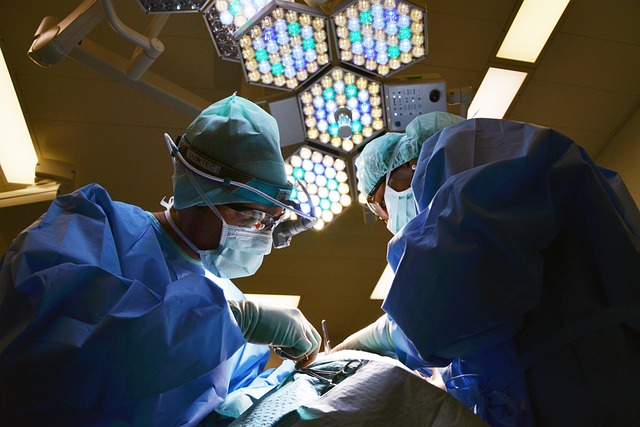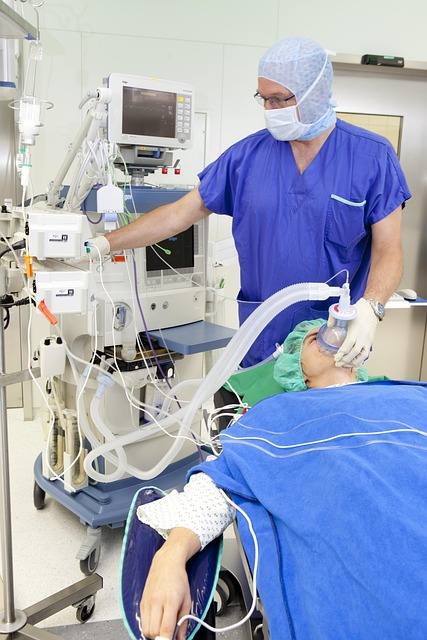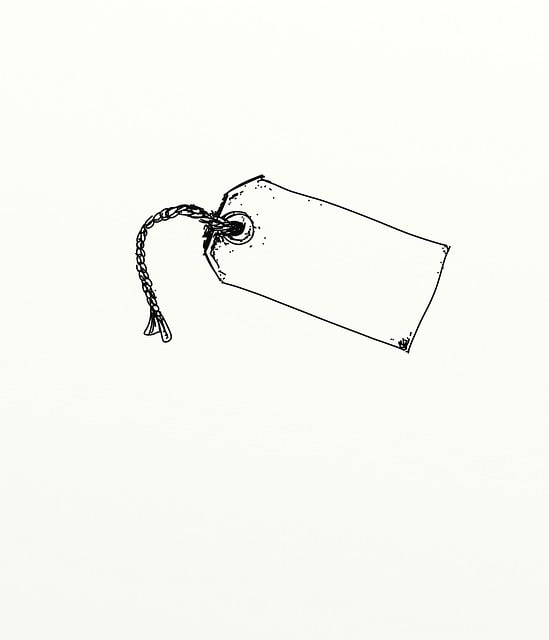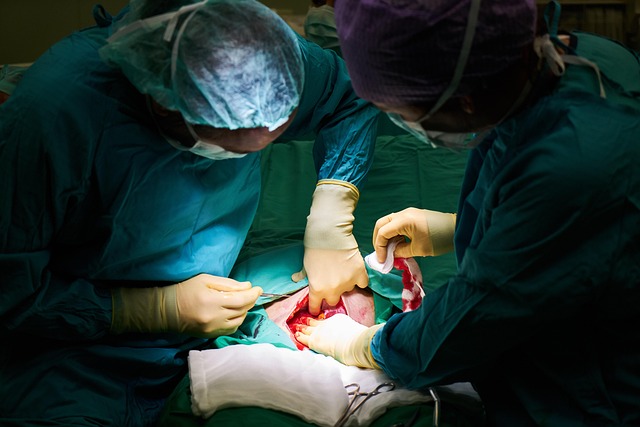An experienced skin tag removal surgeon offers tailored solutions for harmless yet common soft growths caused by friction. Private clinics in UK locations provide effective treatment options. Proper preparation and post-procedure care are key to safe and successful removal. Maintenance through exfoliation, hydration, diet, and avoiding friction helps prevent regrowth.
As an experienced skin tag removal surgeon, I’ve witnessed countless individuals seeking relief from these common yet often annoying skin growths. This comprehensive guide aims to demystify the process of eliminating skin tags once and for all. From understanding their causes and types to providing a detailed step-by-step surgical removal technique, this article offers valuable insights. Learn about pre-treatment preparation, post-operative care, and long-term strategies to prevent regrowth.
- Understanding Skin Tags: Causes and Types
- Pre-Treatment Preparation: What to Expect
- Surgical Removal Technique: Step-by-Step
- Post-Op Care: Healing and Recovery Tips
- Preventing Regrowth: Long-Term Management Strategies
Understanding Skin Tags: Causes and Types

Skin tags, also known as acrochordons, are small, soft skin growths that typically appear in areas where skin rubs against itself. They are common and usually harmless, but many people choose to remove them for aesthetic reasons or because they can be itchy or irritated. An experienced skin tag removal surgeon can offer various treatment options depending on the size, location, and type of skin tags.
Causes vary, but friction is a primary trigger, leading to the development of tags in areas like the neck, armpits, groin, and ankles. They can also be related to weight gain, hormonal changes, or aging. There are several types, including soft, warty, or tag-like growths. Some individuals may have one type more commonly than others. Private skin tag removal services at clinics like those in Coventry, Southend-on-Sea, and Doncaster offer effective solutions tailored to each patient’s unique needs.
Pre-Treatment Preparation: What to Expect

Before proceeding with the skin tag removal procedure, it’s crucial to prepare both mentally and physically. As an experienced skin tag removal surgeon, I often advise patients in Guildford, Wakefield, or Gillingham to anticipate a straightforward yet precise process. During our consultation, we’ll discuss your medical history, address any concerns, and create a treatment plan tailored to your needs.
On the day of your appointment, ensure you arrive well-rested and avoid applying makeup, lotions, or oils on the affected areas. This preparation is essential for optimal results. Wear comfortable clothing that allows easy access to the skin tags. Remember, our goal is to make the experience as comfortable as possible while ensuring effective and safe removal, whether it’s in Guildford, Wakefield, or Gillingham.
Surgical Removal Technique: Step-by-Step

As an experienced skin tag removal surgeon, I often get asked about the most effective ways to eliminate these common yet sometimes unsightly growths. Surgical removal is a precise and reliable method that offers permanent results. Here’s a step-by-step guide to help you understand the process.
First, the area around the skin tags is numbed using a local anaesthetic. This ensures the procedure is comfortable for the patient. The surgeon then carefully cuts or burns off the tags using sterile instruments or a laser. For larger tags, a combination of freezing and cutting might be employed. Post-procedure care involves keeping the treated area clean and applying prescribed medication to prevent infection and promote healing. It’s important to follow expert recommendations for at-home treatments, such as avoiding strenuous activities and protecting the skin from sun exposure, to ensure optimal recovery, especially for those considering a Rotherham skin tag clinic or similar services in Edinburgh.
Post-Op Care: Healing and Recovery Tips

After your skin tag removal procedure as performed by an experienced skin tag removal surgeon, proper post-operative care is essential for a smooth healing process and optimal recovery. Firstly, keep the treated area clean and dry to prevent infection. Gently wash with warm water and a mild soap, then pat dry with a soft cloth or tissue. Avoid scrubbing or irritating the skin further.
Secondly, apply a thin layer of over-the-counter antiseptic cream or ointment as recommended by your surgeon to reduce the risk of infection and promote healing. It’s crucial to avoid scratching or touching the area unless necessary for hygiene. You can expect some mild redness, swelling, and discomfort during the first few days, which is normal. However, if severe pain, excessive bleeding, or signs of infection like pus or increasing redness occur, contact your surgeon immediately. For those seeking a more natural approach, while an experienced surgeon’s procedure offers reliable results, some advocate for home remedies like apple cider vinegar or tea tree oil as potential treatments for skin tags, though scientific evidence supporting their effectiveness varies. Remember, consulting with a professional like the Canterbury Skin Tag Clinic or Newark-on-Trent Skin Tag Clinic can provide expert guidance tailored to your needs.
Preventing Regrowth: Long-Term Management Strategies

After successfully eliminating skin tags through a professional and safe removal procedure, preventing regrowth is crucial for long-term management. As an experienced skin tag removal surgeon, I often stress the importance of maintaining good skin health to avoid future tags. This includes regular exfoliation to keep the skin smooth and clear, as well as staying hydrated to maintain skin elasticity.
Additionally, adopting a balanced diet rich in antioxidants can aid in preventing skin tags from forming again. Certain home remedies like apple cider vinegar or duct tape methods are popular, but for safety and effectiveness, it’s best to consult with a professional. Avoiding friction-causing clothing or accessories that can irritate the skin is another strategic approach, especially in areas prone to skin tags. Remember, consistent care and attention will help maintain smooth, tag-free skin in the long run, ensuring you don’t need to worry about private skin tag removal Blackburn or similar concerns for future regrowth, unlike unsafe home methods like attempting a safe removal of skin tags from home.
As an experienced skin tag removal surgeon, I’ve helped countless individuals achieve clear, smooth skin. By understanding the science behind skin tags and employing precise surgical techniques, we can effectively eliminate these benign growths. Following the step-by-step guide outlined in this article—from preparation to post-op care—will ensure a safe and successful procedure. Moreover, adopting long-term management strategies will help prevent regrowth, allowing you to maintain clear skin for years to come. Remember, seeking professional care from a qualified surgeon is key to achieving optimal results.
